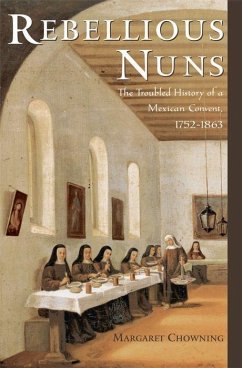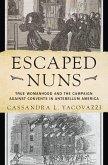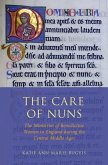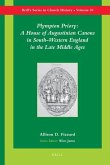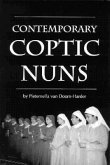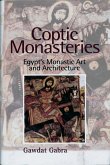Nuns are hardly associated in the popular mind with rebellion and turmoil. In fact, convents have often been the scenes of conflict, but what went on behind the walls of convents was meant by the church to be mysterious. Great care was taken to prevent the "scandal" of factionalism in the nunneries from becoming widely known. This has made it very difficult to reconstruct the battles fought, the issues debated, and the relationships tested in such convents. Margaret Chowning has discovered a treasure-trove of documents that allow an intimate look at two crises that wracked the convent of La Purisima Concepcion in San Miguel el Grande, New Spain (Mexico). At the heart of both rebellions were attempts by some nuns to impose a regimen of strict observance of their vows on the others, and the resistance mounted by those who had a different view of the convent and their own role in it. Would the community adopt as austere a lifestyle as they could endure, doing manual labor, suffering hunger and physical discomfort, deprived of the society of family and friends? Or would these women be allowed to lead comfortable and private lives when not at prayer? Accusations and counteraccusations flew. First one side and then the other seemed to have the upper hand. For a time, a mysterious and dramatic illness broke out among the rebellious nuns, capturing the limelight. Were they faking? Were they unconsciously influenced by their ringleader, the charismatic and manipulative young women who first experienced the "mal"? Rebellious Nuns covers the history of the convent from its founding in 1752 to the forced eviction of the nuns in 1863. While the period of rebellion is at the center ofthe narrative, Chowning also gives an account of the factors that led up to the crises and the rebellion's continuing repercussions on the convent in the decades to follow. Drawing on an abundance of sources, including numerous letters written by the bishop and local vic

